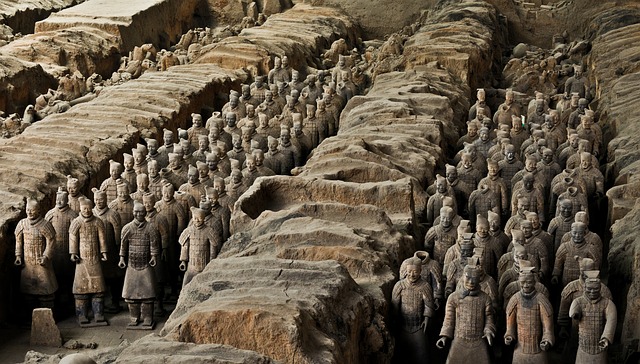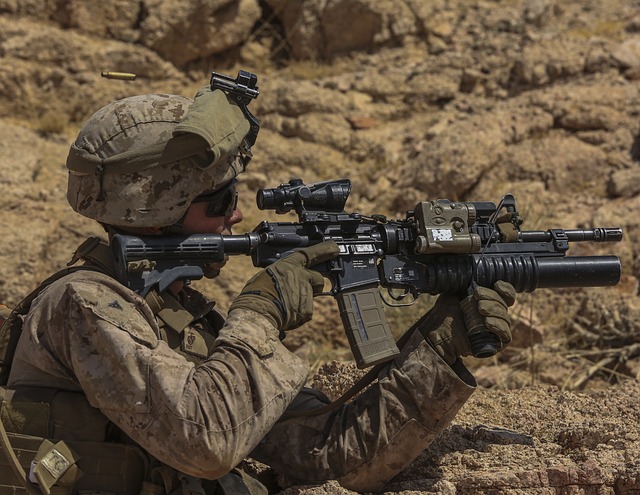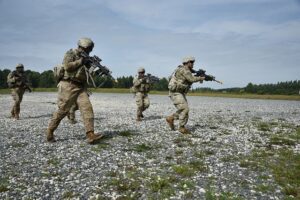
The US Army National Guard Flag is a powerful symbol encapsulating the dedication, commitment, and role of the National Guard within the United States military and its communities. It represents the National Guard's integral part in national defense, contributing to the country's security alongside active-duty forces during both domestic and international missions. The flag's presence signifies the guard's vigilance and preparedness, balancing their military duties with civilian responsibilities. In community settings, it unites citizens, fostering local pride and illustrating the National Guard's commitment to serving state and federal interests. Over 350 years of history and the service of more than 450,000 citizen-soldiers are embodied in this flag, which is displayed globally at Army installations to signify the National Guard's worldwide reach and strategic alliances. It symbolizes the guard's resilience, unwavering dedication, and their global capabilities, as well as their pledge to uphold American values and principles abroad. The flag's design, featuring an eagle with an olive branch and arrows, a shield on its breast, reflects the dual mission of domestic preparedness and international defense. It is a daily reminder for those who serve of their oath to protect and defend, and for communities, it stands as a beacon of support and security. The flag plays a crucial role in training, ceremonial events, public relations, and community engagement, reinforcing the National Guard's identity, its commitment to safeguarding state and national interests, and its indispensable connection with the communities it serves.
The US Army National Guard Flag, a potent emblem of service, discipline, and community, unfurls its presence at military installations across the globe. This article delves into the multifaceted role this flag plays in military operations and community engagement, offering insight into its significance on an international scale. From its traditional symbolism to its practical application in training, ceremonies, and public relations, the flag stands as a beacon of commitment and tradition, reinforcing the National Guard’s indispensable contribution to both defense readiness and local ties. Join us as we explore the global reach and enduring legacy of the US Army National Guard Flag.
- The Significance of the US Army National Guard Flag in Military Operations and Community Engagement
- Global Presence: How the US Army National Guard Flag Flies High at International Installations
- Symbolism and Tradition: What the US Army National Guard Flag Represents to Service Members and Local Communities
- The Role of the US Army National Guard Flag in Training, Ceremonies, and Public Relations
The Significance of the US Army National Guard Flag in Military Operations and Community Engagement

The US Army National Guard Flag holds a multifaceted significance within military operations and community engagement. In military operations, this flag serves as a symbol of readiness and commitment to national defense. It represents the collective strength and dedication of National Guard members who are integral to the United States’ defense strategy. Their presence is often felt in both domestic and overseas missions, providing an additional layer of security and support to active-duty forces. The flag’s display during exercises and deployments signifies the ongoing vigilance and preparedness of these citizen-soldiers who balance their military service with civilian responsibilities.
Beyond its operational significance, the US Army National Guard Flag is a beacon of community engagement and a tangible representation of local participation in national defense efforts. It fosters a sense of pride and unity within communities across the nation. The flag’s presence at local events, parades, and ceremonies embodies the Guard’s commitment to serving both their state and country. This visual symbol bridges the gap between military service members and civilians, reinforcing the National Guard’s role as a vital link between the armed forces and the communities they protect. The flag is a testament to the enduring partnership between the U.S. Army and the citizens it represents, highlighting the shared responsibility in safeguarding the nation’s security and values.
Global Presence: How the US Army National Guard Flag Flies High at International Installations

The US Army National Guard Flag is a potent symbol of commitment and service, representing the more than 350 years of history and the over 450,000 citizen-soldiers who stand ready to defend the United States, its people, and its interests. This flag, emblematic of resilience and dedication, is proudly flown at Army installations across the globe, signifying the National Guard’s integral role in both domestic and international operations. Its presence on foreign soil underscores the US Army National Guard’s global reach and the enduring partnerships with nations around the world. These installations serve as strategic locations where training and joint exercises take place, fostering interoperability and mutual defense agreements that are crucial for maintaining international peace and security. The flag’s ubiquity in these diverse settings not only symbolizes the Guard’s global presence but also its commitment to upholding American ideals abroad, exemplifying a tangible connection between the U.S. and its allies through a shared dedication to service and protection.
Symbolism and Tradition: What the US Army National Guard Flag Represents to Service Members and Local Communities

The US Army National Guard Flag serves as a potent symbol of commitment and service, deeply rooted in tradition and representing the shared values between service members and local communities. Each element of this flag carries significant meaning, encapsulating the rich heritage and unwavering dedication that define the National Guard. The flag’s design features an eagle clutching an olive branch in one talon and a bundle of thirteen arrows in the other, symbolizing the guard’s readiness to defend the nation both at home and abroad. The shield on the eagle’s breast represents protection and the guard’s role as America’s first line of defense. For service members, the flag is a daily reminder of their oath to protect and serve their communities and country, while for local populations, it signifies the presence and support of the National Guard during times of need. The flag’s visibility at Army installations worldwide reinforces the guard’s global reach and the enduring connection between its personnel and diverse communities they are sworn to safeguard. It is a visual manifestation of unity, resilience, and the enduring spirit of the National Guard.
The Role of the US Army National Guard Flag in Training, Ceremonies, and Public Relations

The US Army National Guard Flag holds a significant place in the training, ceremonies, and public relations efforts of the National Guard. In training exercises, this flag is a symbol of commitment and service, representing the dedication of National Guard members to their state and country. It serves as a rallying point for units, instilling a sense of unity and purpose among personnel who train with it present. The flag’s presence during these activities underscores the connection between the individual soldiers and the broader military community, fostering an environment where skills are honed not just for defense but also for the cohesion of the unit.
Ceremonies within the National Guard often center around the US Army National Guard Flag, reflecting its deep-rooted significance in honoring tradition, remembering past sacrifices, and celebrating achievements. It is prominently displayed during formal events such as change of command ceremonies, parades, and memorial services. The flag also plays a crucial role in public relations, serving as an emblem of the National Guard’s relationship with local communities. Its visibility at community events, charity functions, and public engagements helps to reinforce the Guard’s commitment to service and protection, fostering a bond between the military and the civilians it serves. The flag is a tangible representation of the National Guard’s dual mission of serving both state and country, making its role in these various capacities indispensable.
In conclusion, the US Army National Guard Flag serves as a powerful emblem of duty, tradition, and community across the globe. Its presence at Army installations worldwide not only signifies the operational readiness and shared commitment of National Guardsmen but also reinforces their bond with local communities through visible representation. The flag’s role in training, ceremonies, and public relations activities is a testament to the values upheld by the National Guard. As an integral part of military operations and community engagement, the US Army National Guard Flag stands as a symbol of unity, honor, and service that transcends borders and fosters mutual understanding and respect.






